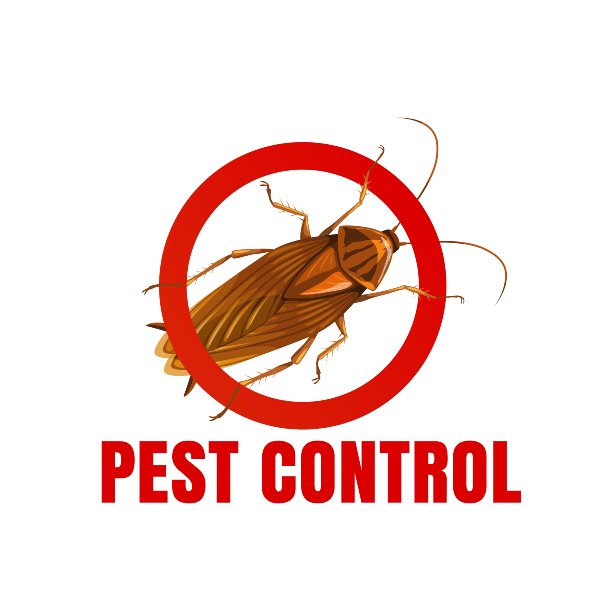Bed Bug Treatment Breakdown: Contrasting Chemical Vs. Non-Chemical Solutions
In the realm of parasite control, specifically when managing the consistent concern of bed insects, the selection between chemical and non-chemical treatment options can be an essential one. Both strategies use distinct benefits and downsides, affecting factors such as performance, safety and security considerations, and overall price. By taking a look at the nuanced information of each technique, a clearer understanding of which path to pursue in addressing a bed bug problem can be attained.
Efficiency of Chemical Treatments
Chemical therapies for bed insect infestations have actually been widely identified for their powerful and fast efficacy in getting rid of these insects. When thinking about the effectiveness of chemical therapies, it is essential to recognize that they can offer a quick and complete service to a bed pest issue.
Moreover, chemical therapies have the benefit of providing residual results, suggesting that they can remain to eliminate bed pests even after the initial application. This recurring action is specifically useful in combating any possible re-infestations. Additionally, the quick action of chemical therapies can bring relief to people facing extreme bed insect problems, allowing them to reclaim control of their home rapidly.
Safety Worries With Chemical Solutions
One important element that needs cautious consideration when using chemical services for bed insect treatment is making certain the safety of owners and the environment. Exposure to certain chemicals made use of in bed insect treatments can lead to breathing issues, skin inflammation, or other damaging responses, especially in individuals with pre-existing problems or sensitivities.
Additionally, the environmental impact of chemical options is another significant factor to consider. Some chemicals used in bed bug therapies might be dangerous to valuable pests, wildlife, and ecological communities if they leach into the soil or water systems. It is important to use chemical treatments carefully, adhering to security standards, and thinking about less hazardous choices to minimize these risks and guarantee the safe and effective monitoring of bed insect invasions.
Benefits of Non-Chemical Techniques
Taking into consideration the possible safety and security issues and ecological effect related to chemical solutions for bed insect therapy, checking out non-chemical techniques provides an appealing option with a number of distinctive advantages. Non-chemical approaches supply a more secure option for homes, particularly those with pet dogs, people, or children conscious extreme chemicals. These strategies remove the dangers of exposure to poisonous compounds, decreasing the potential for damaging wellness impacts. Additionally, non-chemical therapies are eco-friendly, as they do not contribute to air or water pollution, making them a sustainable selection for bug control.
Furthermore, non-chemical remedies can be effective in targeting bed pests, including hard-to-reach areas where chemical therapies might not pass through. Methods such as warmth treatment, vacuuming, heavy steam cleaning, and cushion encasements supply complete eradication without using damaging chemicals. In addition, non-chemical methods can be less turbulent, requiring very little prep work and permitting quicker reentry right into dealt with locations. On the whole, going with non-chemical bed insect therapy approaches not just prioritizes security and ecological defense but likewise ensures effective and thorough pest control.
Limitations of Non-Chemical Treatments

In addition, non-chemical therapies typically call for multiple applications to accomplish successful elimination. This can be lengthy and might not always guarantee complete elimination of all bed insects and their eggs, specifically in concealed or hard-to-reach areas.
Additionally, the success of non-chemical therapies heavily relies upon appropriate execution and thoroughness, which can be testing for people without professional proficiency. Insufficient application of non-chemical techniques might cause insufficient eradication, resulting in consistent invasions and the requirement for added therapies.
For that cockroach control reason, while non-chemical therapies have their benefits, it is important to recognize these constraints and consider them when identifying the most efficient method for great site taking care of bed bug invasions.
Cost Comparison: Chemical Vs. Non-Chemical Options
Offered the restrictions connected with non-chemical treatments, an essential facet to examine in the context of bed bug administration is the price contrast in between chemical and non-chemical options. Chemical treatments typically include the application of pesticides by professionals, which can range from $250 to $900 per area, depending upon the severity of the problem and the dimension of the location to be treated. In comparison, non-chemical treatments like warmth treatment or heavy steam can be extra pricey, with expenses ranging from $1,000 to $6,000 for a whole home. While the initial price of chemical treatments may appear lower, numerous therapies may be called for to completely eliminate the infestation, potentially boosting the overall price. On the other hand, non-chemical alternatives may give a much more eco-friendly and lasting service, although they can be cost-prohibitive for some people. Eventually, when considering the price of bed insect treatment alternatives, it is very important to consider the in advance expenditures against the performance and long-lasting sustainability of the picked technique.
Conclusion

Considering the possible safety and security problems and ecological effect linked with chemical options for bed pest treatment, checking out non-chemical methods provides an encouraging alternative with several unique advantages.Given the constraints linked with non-chemical treatments, a necessary facet to evaluate in the context of bed insect administration is the price comparison in between chemical and non-chemical choices. In comparison, non-chemical therapies like warm therapy or heavy steam can be a lot more costly, with costs varying from $1,000 to $6,000 for an entire home. While the first expense of chemical treatments might appear reduced, several treatments might be required to completely remove the invasion, potentially boosting the overall cost.In conclusion, when comparing chemical and non-chemical bed pest therapy alternatives, it is essential to consider performance, safety and security, advantages, restrictions, and expense.
Comments on “A1 Bed Bug Exterminator Charlotte - Efficient and Inexpensive Services”